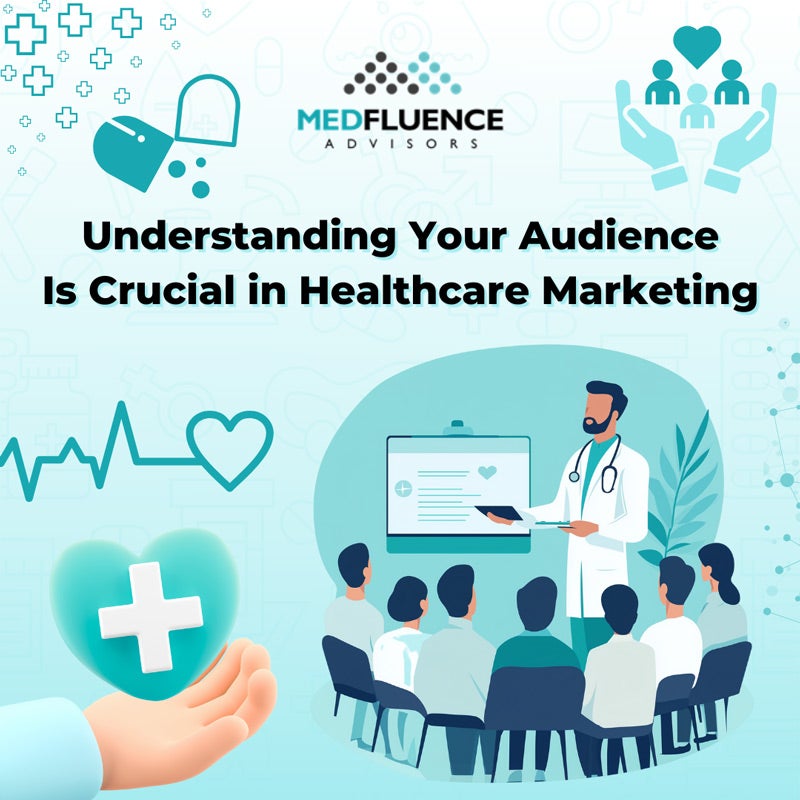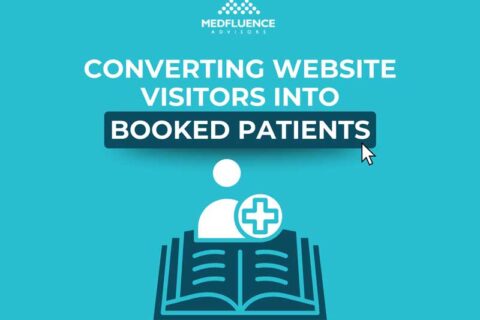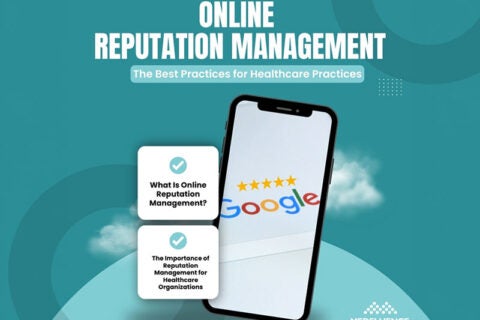Today’s Healthcare Marketing Must Be Audience-First — Not Channel-First
Imagine a healthcare marketer launching a campaign aimed at everyone, everywhere. At first glance, it might seem like casting a wide net will lead to more leads—but in reality, this approach dilutes your efforts, wastes budget, and often results in poor ROI.
Instead, today’s most effective healthcare marketing strategies are laser-focused: understanding your specific audience, where they are, what they need, and how to reach them. It’s not about being married to a channel or technology—it’s about knowing your audience inside and out.

Why Knowing Your Audience Is Essential in Healthcare Marketing
Just like any business, healthcare practices must market to a specific audience. Your target market might be broad (e.g., people needing ENT care), but your target audience is narrower—individuals with shared traits like location, age, lifestyle, or health concerns.
When you know who you’re speaking to, you can craft clear, relevant messaging that resonates. This leads to higher engagement, improved patient acquisition, and greater long-term loyalty.
4 Smart Ways to Segment Your Target Audience
- Geography
Target local areas like neighborhoods, ZIP codes, or nearby cities where your practice operates. This helps tailor messages for hyper-local relevance. - Demographics
Use data like age, gender, occupation, and family status to shape your messaging. For instance, market hearing care services to older adults or promote pediatric allergy care to young families. - Psychographics
Go deeper by identifying audience lifestyles, values, pain points, and behaviors. This creates more emotionally relevant messaging. - Socioeconomic Factors
Segment based on education, income, or cultural background. Tailor your offers and tone to fit each group’s unique needs.
How to Gather Audience Insights
- Online surveys: Use short, focused questionnaires via your website or email list.
- Patient interviews: Talk to real patients to uncover motivations, concerns, and preferences.
- Market research reports: Use industry data to learn about broader healthcare trends.
- Your existing data: Analyze your current patients’ behaviors, services used, and engagement habits.
- Patient communities: Monitor online forums, review sites, and Facebook groups to understand what matters to your audience.
- Competitor analysis: See who your competitors are targeting and how they’re positioning their services.
Be Channel-Agile, Not Channel-Dependent
Successful marketers don’t stick to just one platform—they go where their audience already is. Flexibility across marketing channels ensures you’re always visible and relevant.
Top channels to prioritize:
- Website: A fast, easy-to-navigate website is your practice’s digital front door. Ensure it has clear calls-to-action, online booking, and local SEO optimization.
- Social media: Engage with patients through useful content, FAQs, and real-time responses.
- Email: Personalized newsletters and updates build loyalty and drive appointments.
- Text messaging: Use for appointment reminders or quick seasonal updates (like allergy tips).
Build an Integrated Marketing Strategy
Unified messaging across all touchpoints strengthens your brand identity. Every team—from your digital agency to your front desk—should reinforce the same messaging, tone, and values.
Benefits of integrated marketing:
- Consistent brand experience
- Stronger trust and recognition
- Better engagement across platforms
- Improved ROI and conversion rates
Personalization = Better Patient Outcomes
Personalized marketing goes beyond inserting a first name in an email. It means tailoring your content to match a patient’s condition, preferences, or past behavior.
When you speak directly to a patient’s unique needs, they’re more likely to engage, follow treatment plans, and stick with your practice.
Don’t Ignore Data or Compliance
Data should guide every decision you make. Use analytics to track what’s working and adjust as needed. And always make sure your efforts comply with HIPAA and other patient privacy regulations. Noncompliance can result in hefty fines—and a damaged reputation.
Final Thought: Know Your Audience First
The most successful healthcare marketing strategies put patients at the center. Don’t try to speak to everyone at once. Instead, identify who your ideal patients are, what they need, and where they spend their time.
When you know your audience and meet them where they are—with personalized, targeted, and compliant content—you build trust, grow your practice, and create lasting patient relationships.


